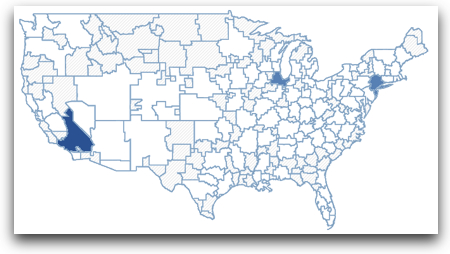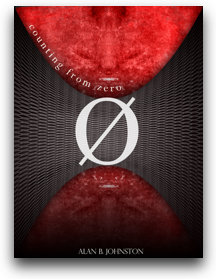 If you enjoyed the subject matter in my Seven Deadliest Unified Communications Attacks, you may enjoy the fiction book, Counting from Zero, written by my friend Alan Johnston. The book, available as an eBook from Amazon, Barnes & Noble, Smashwords and other sites, is not about Unified Communications or VoIP security, but rather about Internet security in general and specifically the rise of botnets and all their attendant troubles.
If you enjoyed the subject matter in my Seven Deadliest Unified Communications Attacks, you may enjoy the fiction book, Counting from Zero, written by my friend Alan Johnston. The book, available as an eBook from Amazon, Barnes & Noble, Smashwords and other sites, is not about Unified Communications or VoIP security, but rather about Internet security in general and specifically the rise of botnets and all their attendant troubles.
It’s a story… about an Internet security researcher named Mick O’Malley who recognizes the signs of an impending global “zero day” attack via a massive botnet… and how he discovers it… how the various forces out there conspire against him… how he and his allies fight back…
I don’t know how it ends, yet, as I’m only 2/3rds of the way through it, but I’m enjoying the story so far quite a good bit.
I’ve known Alan for a good number of years mainly through IETF and SIP-related connections including the SIP Forum… we routinely meet up at various conferences and these days of course connect through social networks. While Alan’s written a number of technical books related to the SIP protocol, this is his first foray into fiction and on his new blog site he explains the journey that brought him into self-publishing and the world of ebooks. I commend him on taking the leap and I look forward to seeing how it goes.
I’ve thought, too, of pursuing the fiction route myself at times… if I go back a couple of years, one of the best presentations I’ve given on VoIP security was one where I did away with all the traditional ways of talking about security and instead told a story called “The Saga of SysAdmin Steve“. The story hit all the points I would have covered anyway, but in a way that was much more engaging… was much more memorable by the attendees… and was much more fun as a presenter. The challenge, of course, is that such a presentation can take a great amount more time to create. But it’s certainly been on my mind lately to do more presentations and perhaps even some writing along those lines.
Meanwhile, I congratulate Alan on the launch of “Counting from Zero” and encourage you all to check out the book’s website and Alan’s blog and, if you are so inclined, to purchase a copy. I’m definitely enjoying the read so far.
 ComputerWorld today reports that the European Network and Information Security Agency (ENISA) has released a detailed report analyzing the security of HTML5 and related web protocols.
ComputerWorld today reports that the European Network and Information Security Agency (ENISA) has released a detailed report analyzing the security of HTML5 and related web protocols.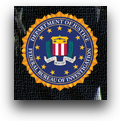 Over on the
Over on the  I’ve been very humbled and pleased to see two new reviews of
I’ve been very humbled and pleased to see two new reviews of 
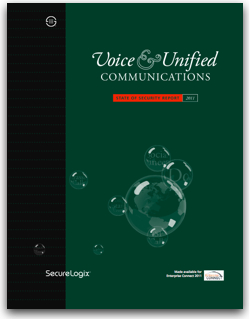 By way of
By way of  If you enjoyed the subject matter in my
If you enjoyed the subject matter in my 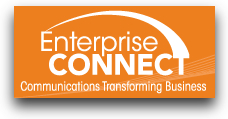 I’ve been very pleased by the comments I’ve received from people at the
I’ve been very pleased by the comments I’ve received from people at the  As I mentioned on both
As I mentioned on both 